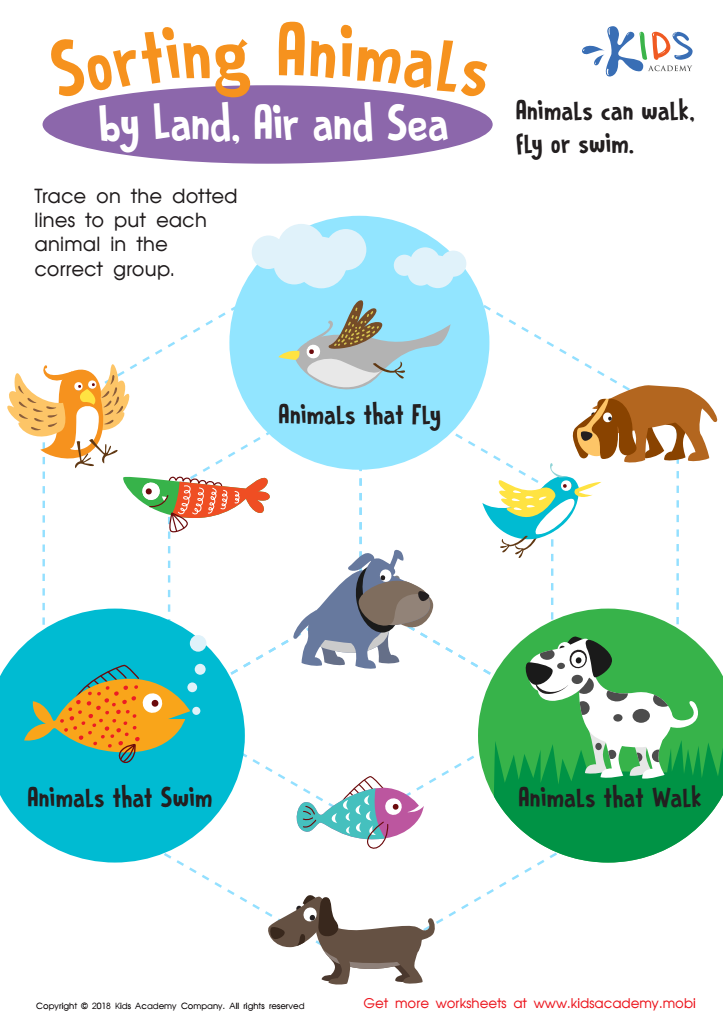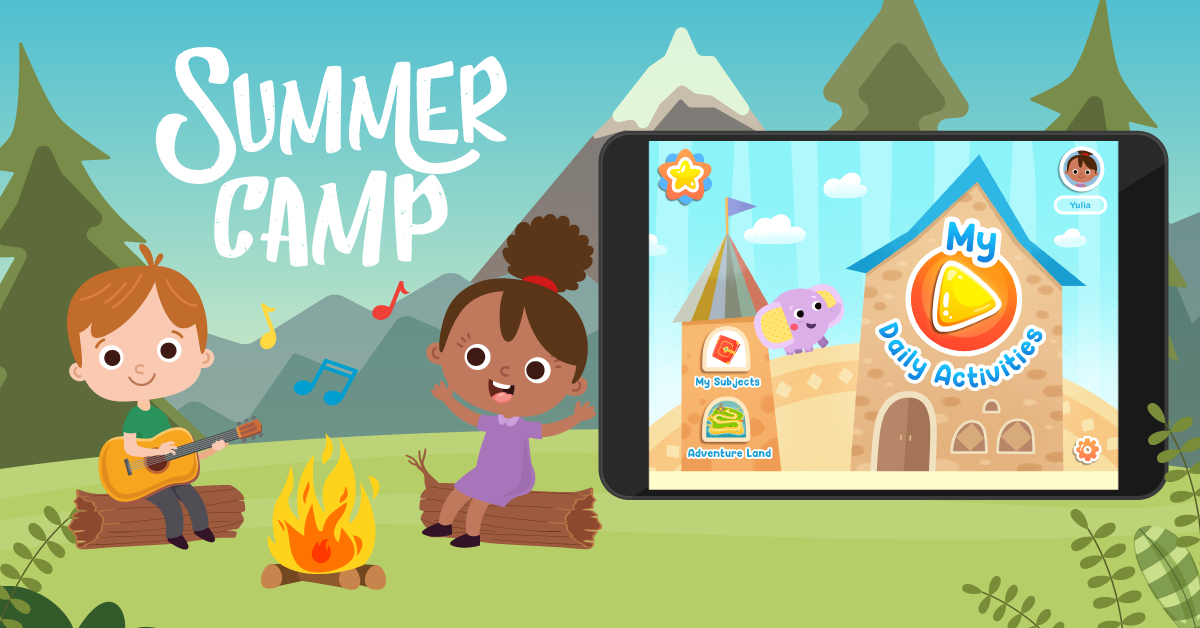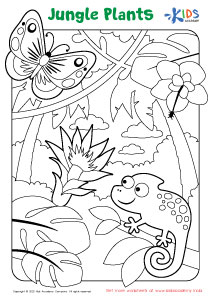Animal Classification Animals Worksheets for Ages 3-9
7 filtered results
-
From - To
Explore our engaging Animal Classification Worksheets designed for children ages 3-9! These fun and interactive resources help young learners grasp the basics of animal classification, enhancing their understanding of different species, habitats, and characteristics. Through colorful illustrations and age-appropriate activities, children will learn to categorize animals into groups, fostering critical thinking and observation skills. Perfect for classroom use or at-home learning, these worksheets make science accessible and enjoyable. Encourage curiosity and a love for nature in your child while they discover the fascinating world of animals! Visit our website to download your worksheets today and inspire the next generation of scientists!


Mammals and Reptiles Worksheet


Mammals and Birds Worksheet


Sorting Animals Worksheet


Am I a Mammal or Bird? Worksheet


Fur or Feathers? Worksheet


Sorting Animals by Land, Air and Sea Worksheet


Classifying Animals Worksheet
Animal classification is essential for children aged 3-9 because it lays the groundwork for an understanding of the natural world. By learning about different animal groups—mammals, birds, reptiles, amphibians, and fish—children develop critical-thinking skills and a sense of organization. Such knowledge fosters curiosity, encouraging them to explore their environment and ask questions about the animals they encounter.
Moreover, teaching animal classification helps instill a sense of respect and empathy for living creatures. By understanding the diverse roles animals play in ecosystems, children learn the importance of conservation and caring for the environment from an early age. This awareness promotes responsible behaviors, as kids become advocates for the animals they’ve studied.
In addition, animal classification introduces essential vocabulary and scientific concepts, enhancing language skills at a critical developmental stage. It can also inspire creative play and engagement through storytelling, art, and even role-playing activities. For teachers and parents, promoting this topic provides a valuable opportunity to connect learning with fun and adventure. By nurturing an appreciation for animals and their classifications, adults can help cultivate responsible, informed, and passionate future stewards of our planet.
 Assign to My Students
Assign to My Students















